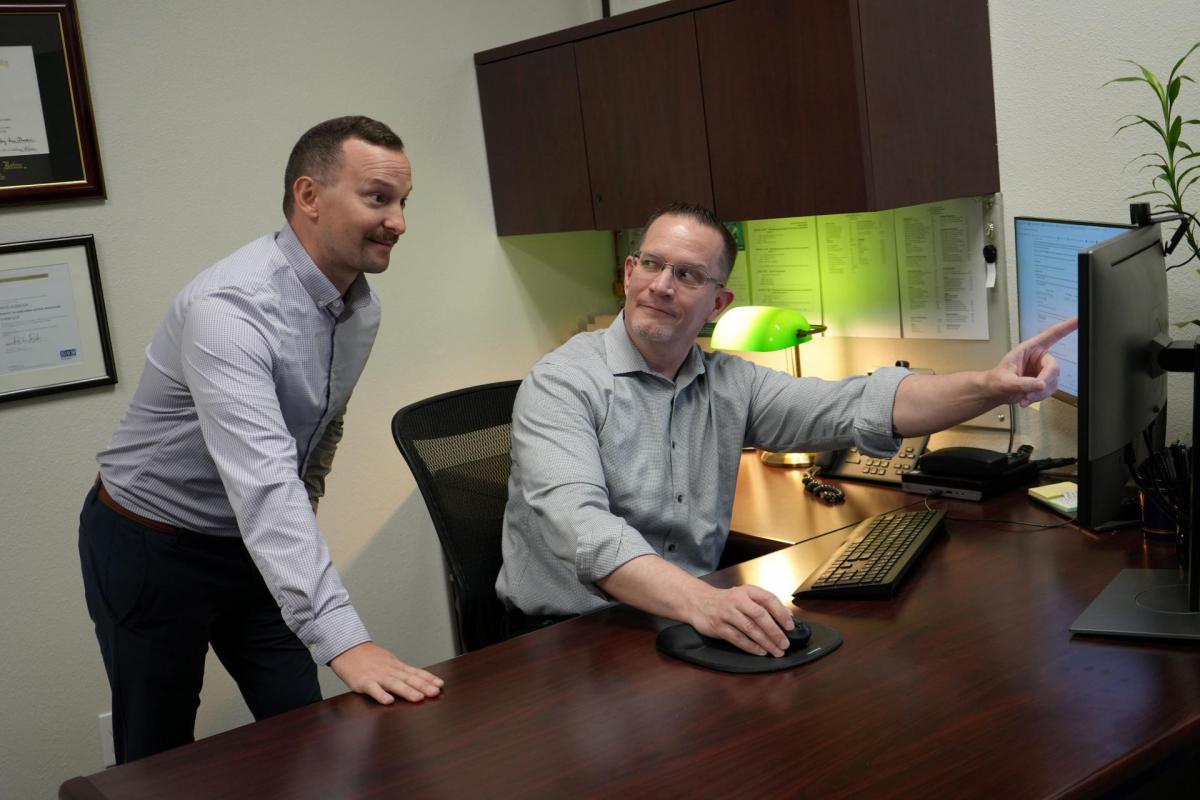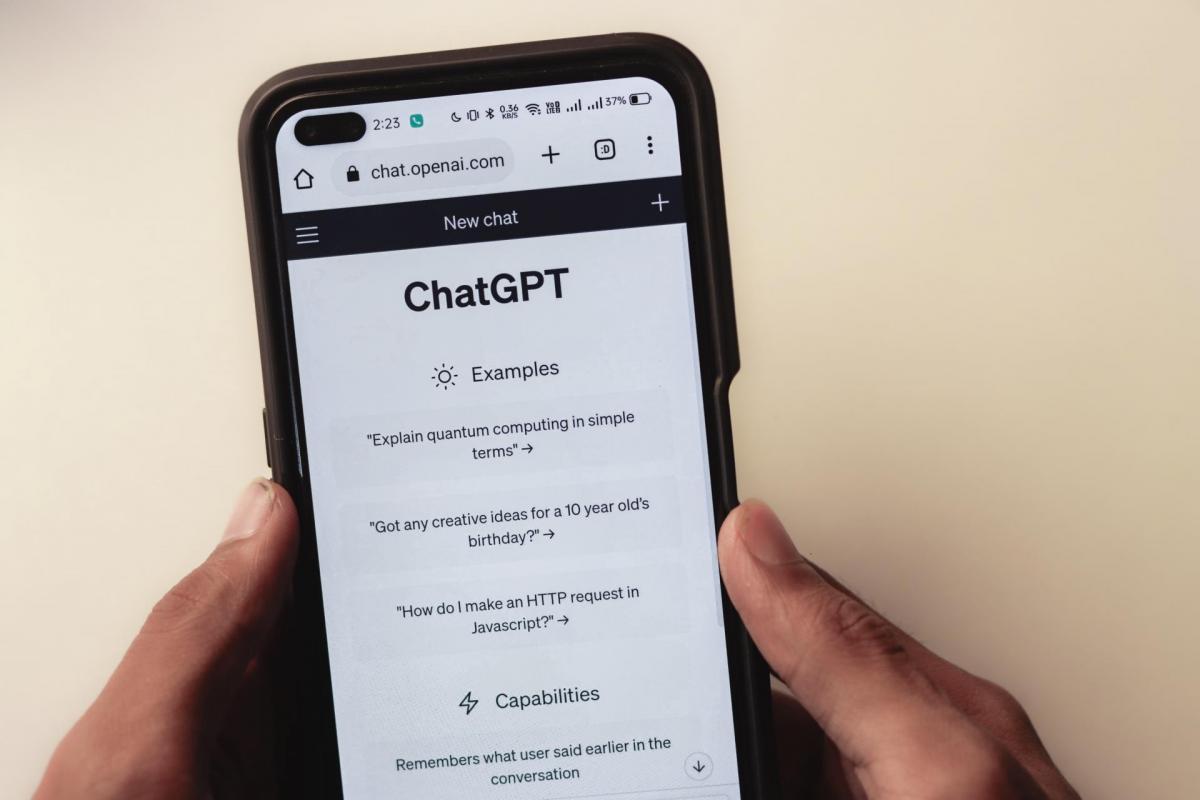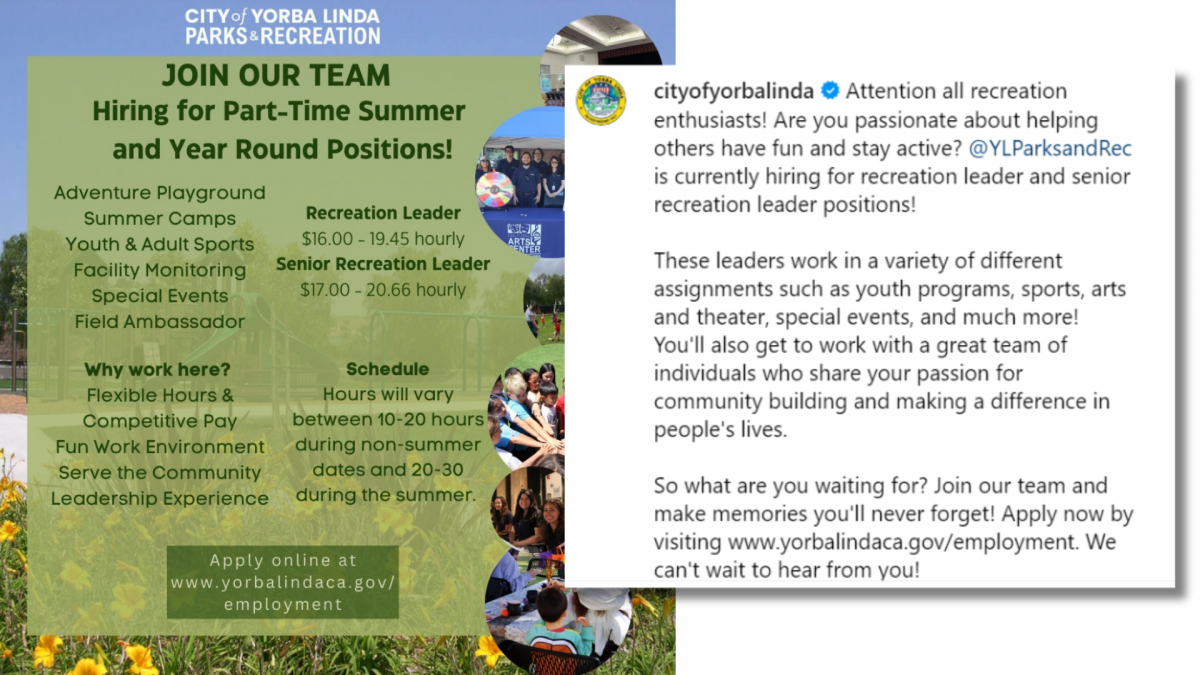The many uses and potential pitfalls of generative AI
David Albaugh is Yorba Linda’s administrative services director and can be reached at dalbaugh@yorbalindaca.gov. Geoff Spencer is the city’s management analyst (communications) and can be reached at gspencer@yorbalindaca.gov.
For months, our office had been following the news about generative artificial intelligence (AI) tools like ChatGPT — and joking about how long we could keep our rewarding public sector jobs before the machines took over. When ChatGPT passed the Uniform Bar Examination, we teased our city attorney that his days were numbered.
Generative artificial intelligence can create text, images, videos, and other types of media in response to user queries. These systems are often powered by large language models, which use advanced statistics to uncover patterns and generate unique responses.
As story after story about generative AI’s incredible uses and foibles took over our feeds, we decided to try it ourselves. I asked Geoff Spencer, our agency’s communications guru, if there was something ChatGPT could do to make his work easier.
“If ChatGPT could write me a Memorial Day speech for the mayor, that would save me a ton of time,” he replied.
I went back to my desk, created a free account, and clicked “Start a chat.” I typed my first ChatGPT prompt: Write a Memorial Day speech for the mayor.
The result was nothing short of incredible.
I ran to Geoff’s office and said, “Follow me!” and ran back to my office. Those are not the words you want to hear from a human resources director, but Geoff followed nevertheless. I quickly explained that I’d just asked ChatGPT to write the requested speech.
“Good evening, my fellow citizens.
Today, we gather together to honor and remember those who have made the ultimate sacrifice for our country. Memorial Day is a day of remembrance, a day to honor the brave men and women who have given their lives in service to our nation …
As we gather together on this solemn occasion, let us reflect on the sacrifices made by our fallen heroes. They were mothers and fathers, brothers and sisters, sons and daughters. They were friends and neighbors, colleagues and classmates. They were ordinary people who answered the call of duty and made an extraordinary sacrifice for their country …
On this Memorial Day, let us remember the sacrifice of those who have given their lives in service to our country, and let us honor their memory by working towards a better, more just, and more peaceful world. May we never forget their sacrifice, and may we always strive to live up to the ideals for which they fought and died.
Thank you, and God bless America.”
In less than a second, ChatGPT had written a completely usable, and dare we say good, Memorial Day speech for the mayor. That’s a task that would have demanded at least a couple of hours in Geoff’s packed schedule.
It was magic. To borrow a phrase from our friend Ryder Smith, it was like discovering fire for the first time.
We decided to test ChatGPT further with harder, more specific queries. Each time it returned results that made us gasp. Within 15 minutes, ChatGPT had written an engaging social media post about hiring recreation leaders; a perfect diversity, equity, and inclusion policy; a housing element; a policy about using AI in the workplace, and a compassionate email response to an angry resident bothered by a planned veteran’s cemetery. The scary part: It was all useable.
This experience led us to explore ChatGPT and other generative AI solutions for the public sector. Along the way, we learned some valuable lessons.
It’s a great tool, but there are some caveats
Large language models like ChatGPT can produce incredible messages, but they don’t actually know anything. They crawl the internet and scrape everything connected to it to create massive libraries of words.
When you ask ChatGPT a question or give it a prompt, it isn’t “thinking” about your question. It’s performing advanced statistical analysis based on its library of content to determine what word should come next. When the word string is put together, it sounds like human speech. But it’s better to think of it as a very fluent parrot. Which leads to some problems.
Generative AI is prone to “hallucinations.” Since these models don’t truly know anything, they will sometimes present information as true that is actually false. The system may even go as far as citing fake information from imaginary sources. Our ChatGPT-produced housing element numbers were laughably wrong, but they sounded authoritative.
The lesson: Fact-check everything, even if it sounds convincing.
Even with that important qualifier, generative AI can make life easier. It isn’t going to take our jobs anytime soon, but it will likely replace menial work. Just like calculators and personal computers, AI will probably become another tool we use to complete potentially mundane tasks.
The output quality that users can get from generative AI depends entirely on the prompts and inputs users put into the system. While the mayor’s speech sounded great, it was missing specific considerations and sentimentalities about Yorba Linda. For most communication purposes, generative AI excels at creating the bones of a message, but people still need to flesh it out into something truly special.
Considerations for public agencies
Great results still require great people. Just as computers made it easier for accountants to do their work, ChatGPT can replace the mundane aspects of writing so that writers can focus on perfecting the best possible message. While ChatGPT will certainly level the playing field for average writers, great writers will still shine brightly.
So, how can local governments take advantage of generative AI to impact their communications?
- Language translation. These models are proficient at translating text between languages. Do you have a large population of non-native English speakers? AI can translate documents, signs, and basically any text into any major language. For the reasons mentioned earlier, human translators should still be used, but generative AI can help with more menial translation tasks.
- Crisis management. ChatGPT and other generative AI systems can write great holding statements, press releases, and with oversite: emergency messaging. Agencies must input site-specific facts to achieve usable results, but AI can make this work quicker when every second counts.
- Website chatbots. The new wave of chatbots can be trained using your website to deliver helpful information to website visitors. In many cases, they can outperform humans who may not be familiar with every line of text on your website. These chatbots can help schedule appointments, find the address of the park they’re looking for, and even find emergency information — all in the visitor’s preferred language.
- Content generation. Whether it’s social media posts, newsletter articles, press releases, or blog posts, generative AI excels in creating engaging content with minimal prompting necessary to achieve passable results. It’s a great tool for getting over writer’s block.
This article barely scratches the surface of generative AI. (We haven’t even broached the important ethical and legal considerations of using this technology!) However, our message is that the public sector does not need to be afraid of the AI revolution. Instead, get excited. There are so many ways this technology will help government agencies better serve their communities.
And yes, with some important tweaks, Geoff gave that speech to the mayor for Memorial Day (and was honest about ChatGPT’s help).



